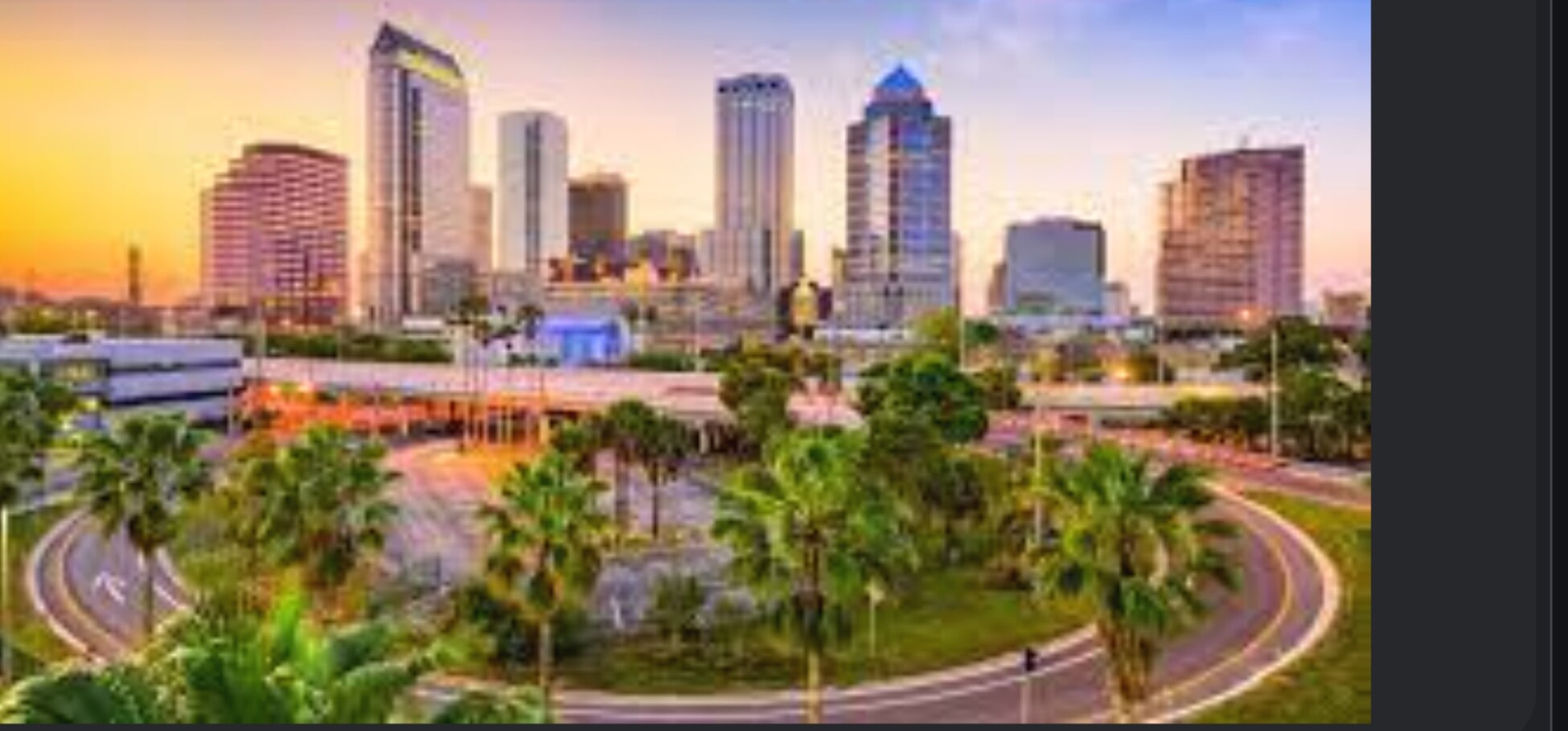
Russell
PoliceForum Replies Created
-
Great song. True Classic.
-
The Lamborghini Reventón can be considered a good investment for several reasons:
- Rarity: Only 20 units were produced for customers, making it extremely rare.
- Brand Value: Lamborghini’s reputation for high-performance, luxury cars adds to its allure.
- Appreciation: Limited production supercars often appreciate over time due to their exclusivity and desirability among collectors.
- Design and Performance: The Reventón’s unique, jet-inspired design and powerful performance contribute to its lasting appeal.
However, as with any investment, market conditions and demand can vary, so it’s essential to conduct thorough research and consider all factors.
-
Great video. Love this guy’s podcast.
-
Gewürztraminer is an aromatic white wine grape variety that pairs very well with certain jelly bean flavors:
Floral/Spice Jelly Beans Gewürztraminer has distinctive floral aromas reminiscent of lychee, rose petals and ginger. Pairing it with floral jelly bean flavors like rose, honeysuckle or spice flavors like ginger or clove can highlight those aromatic notes in the wine beautifully.
Tropical Fruit Jelly Beans The wines made from Gewürztraminer often have ripe tropical fruit flavors like pineapple, mango and lychee. Tropical fruit jelly bean varieties like pineapple, mango, passionfruit and guava can accentuate those lush fruit notes.
Citrus Jelly Beans While not as pronounced, there can be zesty citrus notes like orange peel or grapefruit in some Gewürztraminers. Citrus jelly beans like orange, lemon or grapefruit can pick up on those bright citrusy accents.
The key is to look for jelly bean flavors that can intensify the natural aromatic and fruit-forward profile that this distinct grape variety is known for. Avoiding very tart or sour jelly bean varieties is advisable as they may clash. Start with just a few complementary flavors at a time to allow the wine’s complex aromatics to shine.
-
Russell
MemberMay 18, 2024 at 1:39 pm in reply to: How to Improve Your Credit Scores and Rebuild Credit For Mortgage ApprovalHere’s an informative article about boosting your credit for mortgage approval https://gustancho.com/how-to-increase-fico/
gustancho.com
How To Increase FICO Scores For a Mortgage
The best way how to increase FICO is to keep credit card balances under 10% utilization ratio, medical disputes, and get 3 to 5 secured credit cards
-
The cost of home staging can be covered by various parties involved in the home-selling process, depending on the agreement and specific circumstances. Here are the common scenarios:
1. Homeowners/Sellers:
- Out-of-Pocket Payment: Homeowners often pay for staging themselves, considering it an investment to potentially sell the home faster and at a higher price.
- Incorporated into Sale Costs: Some sellers incorporate the cost of staging into their overall budget for preparing the home for sale.
2. Real Estate Agents:
- Agent-Paid Staging: Some real estate agents offer staging services as part of their marketing package to attract more listings and ensure quicker sales. Agents may cover the cost upfront and potentially be reimbursed at closing.
- Reimbursement at Closing: In some cases, agents will pay for staging costs and then be reimbursed from the proceeds of the sale.
3. Staging Companies:
- Deferred Payment: Some staging companies offer deferred payment plans where the homeowner pays for the staging services at the closing of the sale. This can be beneficial for sellers who prefer not to pay out-of-pocket upfront.
Factors Influencing Who Pays:
- Market Conditions: In a buyer’s market, sellers might be more inclined to pay for staging to make their home stand out. In a seller’s market, agents might cover the cost to secure the listing.
- Negotiations: The payment arrangement can be a matter of negotiation between the seller and the real estate agent.
- Service Agreements: Some real estate agents have standing agreements with staging companies that include special rates or payment terms.
Cost of Home Staging:
- Initial Consultation: $200 – $600
- Staging Fee: $500 – $2,000 per month, depending on the size of the home and the level of staging required
- Additional Costs: May include rental fees for furniture and decor, which can range from $500 to $5,000
Benefits of Home Staging:
- Faster Sale: Staged homes often sell faster than non-staged homes.
- Higher Sale Price: Staged homes can sell for more money, potentially offsetting the cost of staging.
- Better Presentation: Staging highlights the home’s strengths and minimizes weaknesses, making it more attractive to potential buyers.
The decision of who pays for home staging depends on the specific circumstances and agreements between the seller and the real estate agent. It’s an investment that can significantly impact the sale process, often leading to faster sales and higher offers. Sellers should discuss staging options with their real estate agent to determine the best approach for their situation.
-
Stagflation is an economic situation characterized by slow economic growth, high unemployment, and high inflation occurring simultaneously. Here’s a more detailed explanation of how stagflation works:
- Slow Economic Growth: During stagflation, the economy experiences stagnant or declining growth in real gross domestic product (GDP). This means that the overall economic output and productivity are not increasing, leading to a stagnation in economic activity.
- High Unemployment: With slow or negative economic growth, businesses are less likely to expand and may even lay off workers, leading to high unemployment rates. As demand for goods and services decreases, companies cut back on production and reduce their workforce.
- High Inflation: Despite the slow economic growth and high unemployment, stagflation is accompanied by rising prices of goods and services, resulting in high inflation rates. This can be caused by factors such as supply shocks (e.g., oil price increases), excessive money supply growth, or a combination of both.
- Wage-Price Spiral: As prices rise, workers demand higher wages to maintain their purchasing power. However, if wages increase too rapidly, businesses may raise prices further to cover their higher labor costs, leading to a self-perpetuating cycle of rising prices and wages.
- Policy Dilemma: Stagflation presents a significant challenge for policymakers because the traditional tools used to combat inflation (contractionary monetary and fiscal policies) can further exacerbate the economic stagnation and unemployment. Conversely, policies aimed at stimulating growth may fuel inflationary pressures.
Stagflation is considered a particularly problematic economic situation because it combines the negative aspects of both a recession (slow growth and high unemployment) and high inflation, which are typically seen as opposing forces. This combination makes it difficult for policymakers to address both issues simultaneously and requires a careful balance of policies to manage the trade-offs between economic growth, unemployment, and inflation.
Historical examples of stagflation include the economic conditions in the United States and other developed countries during the 1970s, when oil price shocks and excessive money supply growth led to a period of slow growth, high unemployment, and high inflation.
-
The U.S. dollar, like many other major currencies today, is a fiat currency, which means it is not backed by a physical commodity such as gold or silver. Instead, the value of the U.S. dollar is backed by the full faith and credit of the United States government. This represents the government’s ability to maintain a stable economy, manage its fiscal and monetary policies effectively, and uphold its obligations.
Key Aspects of the U.S. Dollar’s Backing:
- Government Support: The value of the dollar is supported by the government’s ability to maintain economic stability, manage inflation, and produce economic growth.
- Legal Tender: U.S. dollars are considered legal tender, meaning they must be accepted as payment for debts within the U.S. This legal status supports the dollar’s use as a medium of exchange.
- Demand for Dollars: The dollar is the world’s primary reserve currency, widely used in international trade and held by governments and institutions as part of their foreign exchange reserves. This demand supports its value.
- Economic Stability: The stability and size of the U.S. economy, along with its political stability, bolster confidence in the dollar globally.
Historical Context:
Until 1971, the U.S. dollar was backed by gold, meaning its value was pegged to a specific amount of gold held in reserve, and it could be exchanged for gold. This system was known as the gold standard. However, President Richard Nixon ended this system in 1971, leading to the fiat system we have today where the currency is not backed by a physical commodity but rather by the government’s decree.
Conclusion:
Today, the value of the U.S. dollar is influenced by various factors including government debt levels, interest rates set by the Federal Reserve (the central bank of the United States), and the overall health of the U.S. economy. Confidence in the stability and governance of the United States helps maintain the dollar’s value and its status as a global reserve currency.
-
Russell
MemberApril 30, 2024 at 3:44 pm in reply to: Stress Management: How to Relieve and Reduce StressManaging stress effectively can improve your overall well-being. Here are some widely recommended strategies:
- Exercise Regularly: Physical activity can help reduce stress and improve mood.
- Maintain a Balanced Diet: Eating healthy helps your body manage stress better.
- Get Enough Sleep: Adequate rest is crucial for stress management.
- Practice Relaxation Techniques: Techniques such as meditation, deep breathing, and yoga can decrease stress levels.
- Set Realistic Goals: Manage your responsibilities by setting achievable goals.
- Stay Connected: Support from friends and family can provide emotional relief.
- Seek Professional Help: If stress becomes overwhelming, consider talking to a mental health professional.
Each person responds differently to stress, so finding the right combination of techniques that work for you is key.

